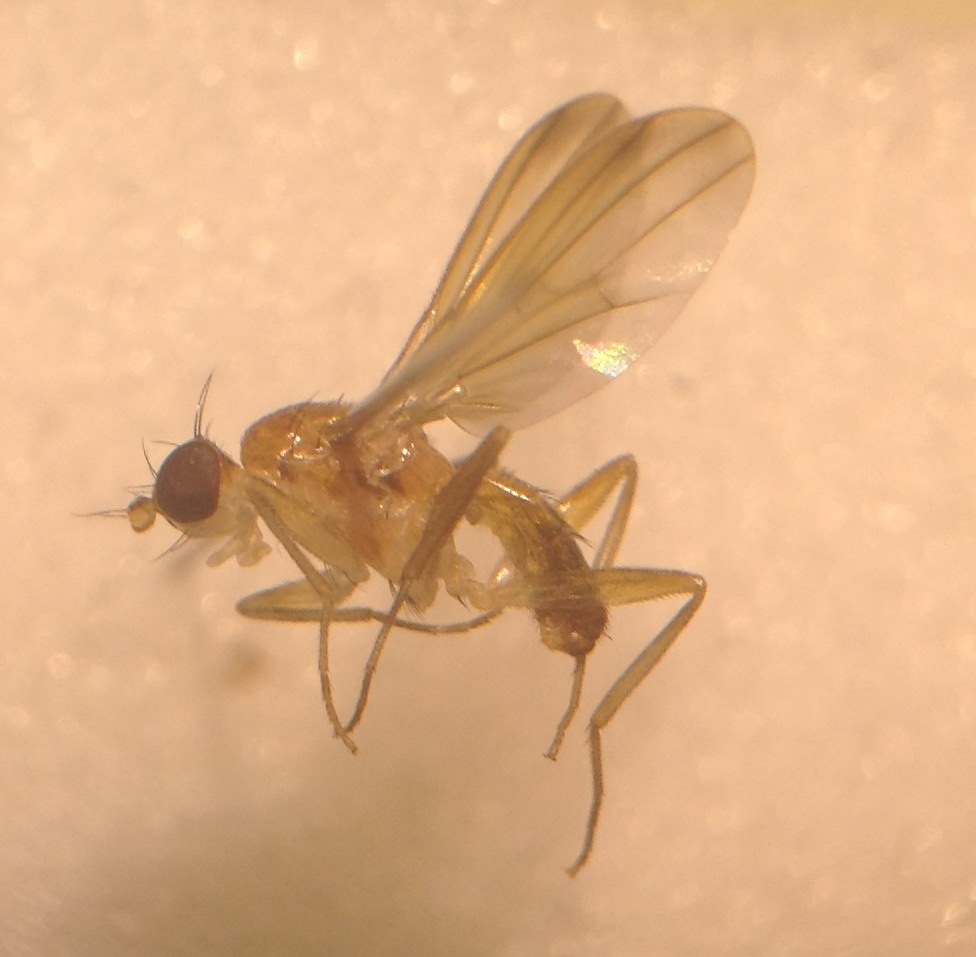It’s hard to explain why you warm to some people rather than others – or why sometimes you get it wrong and find that your reserve was misplaced. Perhaps their bluster gave you the idea that they were just putting on an act, or their shyness meant that there was nothing interesting about them, but you were wrong. And, conversely, after a while the “life and soul of the party” type might get on your nerves, the raconteur become lost in telling their story, the empathetic soul mate overwhelming in their intensity.
And so it is with flies. What dipterist hasn’t had their head turned by the flashy hoverflies, been dazzled by the symphony in bristles offered up by the calypterates (Muscidae, Fanniidae, Anthomyiidae, Calliphoridae, Tachinidae, Sarcophagidae, Scathophagidae, Rhinophoridae), or tried to make friends with the gangly-legged craneflies (Tipulidae, Limoniidae etc.) with their antiquated articulated antennae and dour expressions. So after being scared of acalypterate flies as being too small, dull and indistinguishable, I now find myself drawn to this kind of bashful pallid fly. Who could not find this fly beautiful!

It almost looks as clearly laid out as the diagrams in the front of the identification keys – black bristles and clear wing veins against a blank background. All its features are presented without fuss, no need to adjust the lighting to see a stumpy black bristle hiding against the reflections of a glossy black thorax, no missing those bold bristles on the head. It is an open book – to the extent that I can almost see through it. It was even a pleasure to identify – the second segment of the antennae having a strange shape that was familiar from a couplet I had often passed through but never been detained at – “Second antennal segment triangular at outer side.” So it was and everything else fitted too. Using Alan Stubbs’ key to the family from 1982 got me to the genus Clusia, it being entirely yellow, and of the two British species, this one fits flava since the other one – tigrina – has very spotty wings and currently only with records south of Leeds.
I am smitten. What was this fly up to when our paths happened to cross? Where had it been hiding? Where did it spend its early days? How can we meet again? Colyer and Hammond in Flies of the British Isles boast of taking four species in the family “by sweeping over a wet, disintegrating beech stump in the New Forest”. I think they were keen on them too.